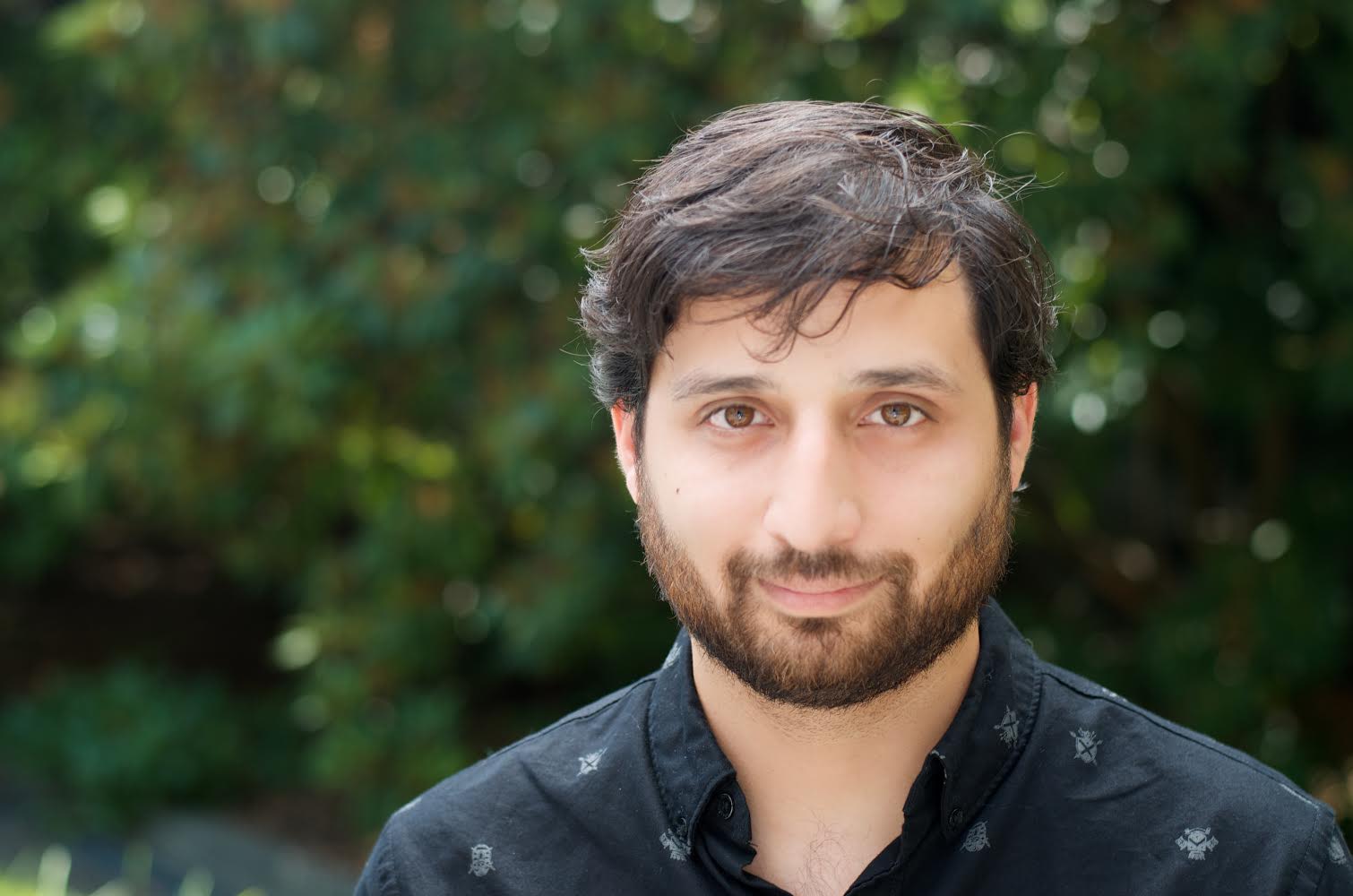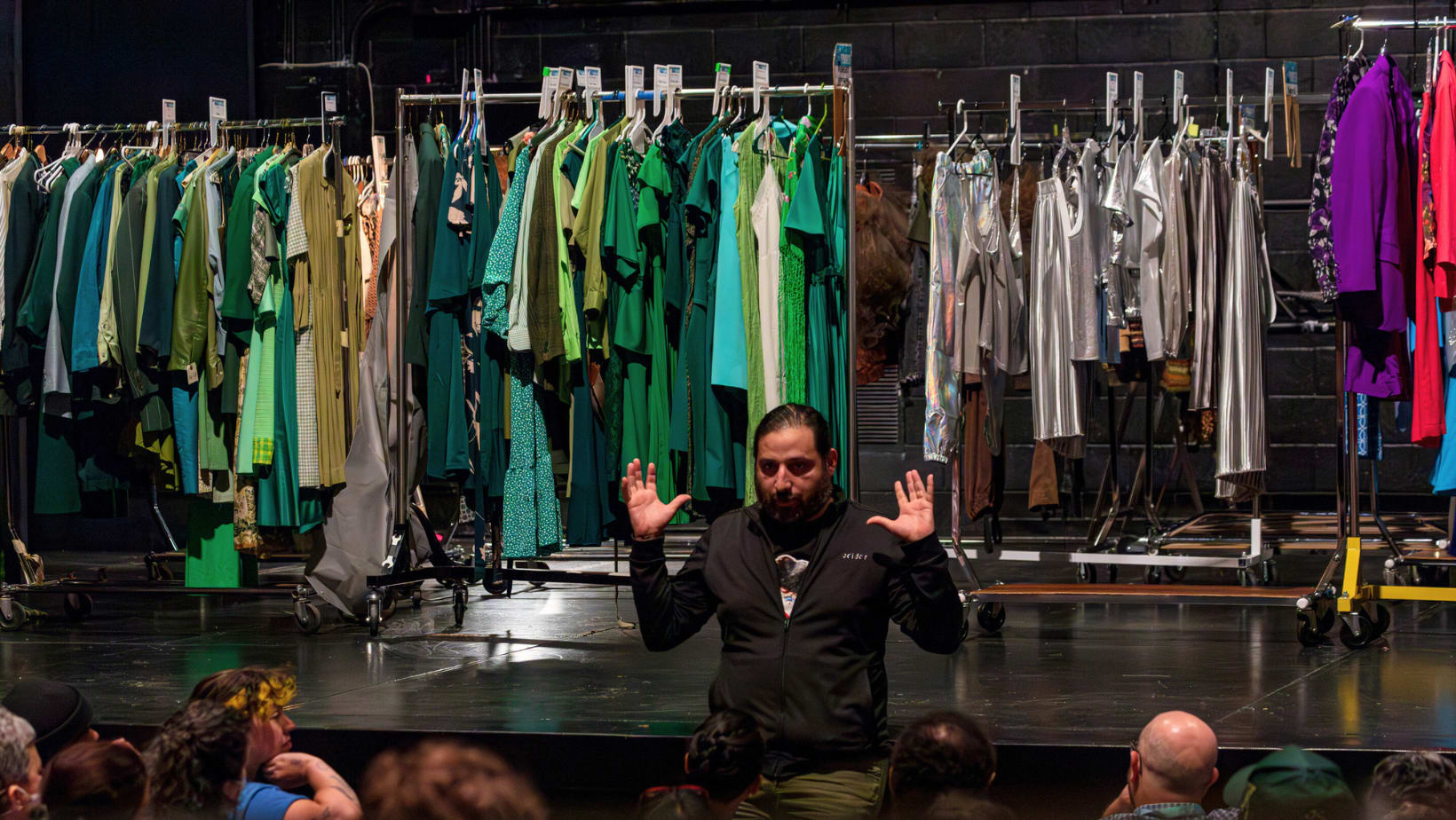Behind The Scenes
Creating a Storm with The Tempest’s Lighting Designer, Robert J. Aguilar
Who doesn't love a chaotic lighting storm on stage? Join Lighting Designer Robert J. Aguilar for an inside scoop on his approach to lighting up this musical adaptation of The Tempest, premiering on stage on August 25.
“Lighting is intangible. Folks find it esoteric, a kind of magic only experienced at a live show. People perceive how lighting affects them.”
- Robert J. Aguilar

How does your lighting design contribute to the overall aesthetic of a production?
Lighting designers provide atmosphere and emotional overtones for the worlds we create on stage. We provide explicit and subliminal context for the audience to advance the overall vision of our collaborators. Lighting design exists in liminal space to provide clarity, control focus, reveal, and obscure. We exist to serve.
So much of the work we do in lighting design is about managing the aesthetic of a production. Suggestion: We work with atmosphere, color, texture, tone, emotional overlays, and undertones. Other times we need to make sure everyone is visible or hidden. We do our work in front of everyone but ideally, we're surrounded by our compatriots, so it never feels like we're alone. We all strive for a shared vision of the show and sometimes, most of the time, we manage to achieve it.
What drew you to study and make a career in lighting design?
I like mutability and shadows. I like control and color. I like surfaces and textures, but what I LOVE is people. Theater connects us—shared experiences transcend boundaries. That connection has always driven me to the theater and continues to bring me back. Lighting design makes sense to me as an artist and as a creator. I get to touch the intangible.
What excites you most about the use of light to tell the story of this musical adaptation of The Tempest?
The storm. Who doesn't love a nice big, chaotic storm on stage? I love those moments in shows where all departments get to synchronize and make magic happen. When the lights match up with what the sound is doing, and the costumes and the scenery feel like they're having a conversation with the staging and the choreography, that's "the baby" (gleefully stolen from Ameenah Kaplan, director of my most recent Seattle Rep show, Lydia and the Troll).
What is the difference between designing lighting for a standard play versus a musical?
Color, rhythm, and flow are different in a musical. Often color gets to be bolder and more adventurous. We get to use color to participate in storytelling in a more obvious way. In a play, we also use color to participate in the story telling but how that participation shows up can vary depending on many factors. We tend to get away with more in a musical, and whether that is a good or bad thing is totally subjective.
Unlike in a regular play, rhythm and flow in a musical is almost always more informed by the music than by the text. Honestly, I think it makes it easier for lighting design to have the presence of music. There are still 300 choices to make every minute, but having that rhythm to fall back on helps answer so many questions. Lighting exists in liminal space connecting one moment to the next; how we make those connections, the ebb and flow of them, can be done very subtly in a play. The audience doesn't know how we got from A to B—they just know when they've arrived. In a musical we get to ride the same music- driven wave the audience is experiencing by lifting and supporting it with manifestations of energy. It's fun.
In your opinion, what is a common misconception audiences have about lighting design?
In my experience, people don't have a lot of common misconceptions about lighting design because people don't understand the work completely. That's not to say folks don't have opinions about lighting. I hear them regularly—good and bad. Lighting is intangible. Folks find it esoteric, a kind of magic only experienced at a live show. People perceive how lighting affects them. They even perceive how lighting might manipulate them, but I don't think several people think about lighting design enough to build much in the way of misconceptions.
What advice would you give to someone wanting to pursue lighting design?
Go and experience art—all of it. Go to museums, read books, paint, draw, DJ, see shows, listen to poets, walk in the forest at sunrise, and sit on the beach at sunset. While you're doing this, observe the world around you, remember what things looked like, how the shadows behaved, and most of all—how it made you feel. Then go do it again.
See this lighting storm in action in the production of Public Works’ The Tempest, on stage August 25 – August 27, 2023 at Seattle Rep.







